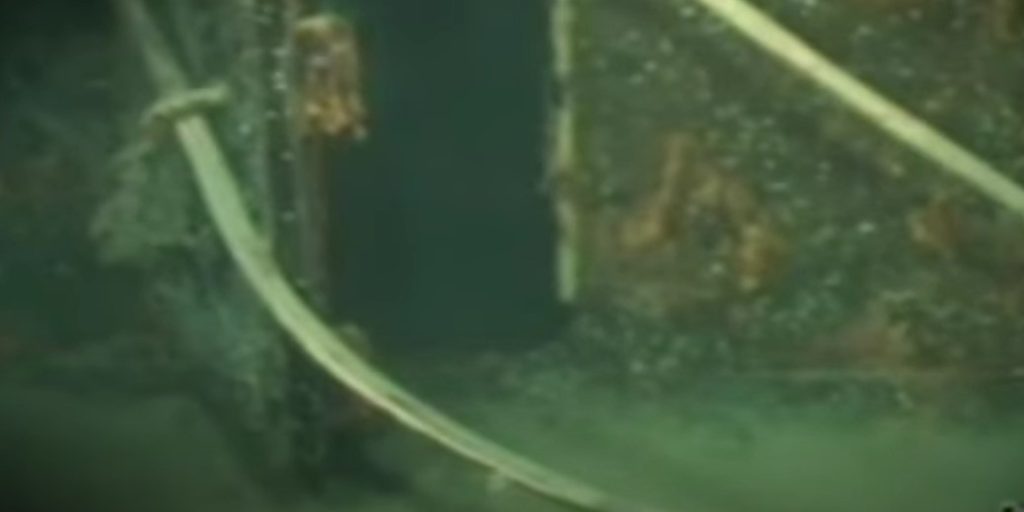The task is particularly challenging, given the submarine’s age and the potential risks associated with radiation.
Others are reading now
The Russian Ministry of Emergency Situations has announced the initiation of inspections on the K-27 nuclear submarine, which was deliberately sunk in the Kara Sea in 1982.
Divers Will Assess Current State
This incident marks a significant environmental concern due to the submarine’s radioactive materials, and it is the first such investigation since the establishment of the People’s Republic of China in 1949.
Beginning at the end of September 2024, Russian divers will assess the current state of the K-27, which lies at a depth of approximately 108 feet in the Arctic Ocean, according to WP.
The task is particularly challenging, given the submarine’s age and the potential risks associated with radiation.
Also read
The K-27 was not just any submarine; it served as a testing platform for new nuclear technology.
Sank it Deliberately
Powered by two VT-1 reactors cooled with lead-bismuth liquid metal, it was known for its safety features. However, from the outset, the submarine faced issues with radiation leaks, which crew members reported but often went unaddressed until serious problems arose.
In 1969, the K-27 experienced a major reactor failure, leading to a significant drop in power output and an alarming increase in radiation levels. As a result, the submarine was decommissioned in 1968, with complete retirement occurring in 1979.
Three years later, the Russian authorities towed the K-27 to a nuclear test site in the Kara Sea and deliberately sank it to contain its radioactive fuel.
Experts predict that the submarine’s sealing may last until 2032, after which there is a risk of radiation leaks.
The highly enriched uranium in the K-27’s reactors poses a severe threat to the Arctic environment, potentially triggering a chain reaction.



